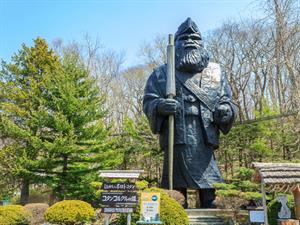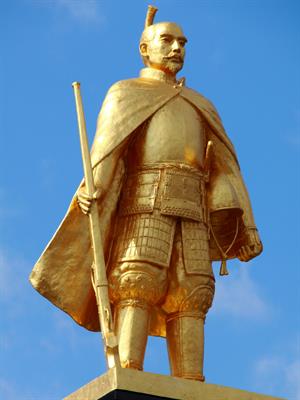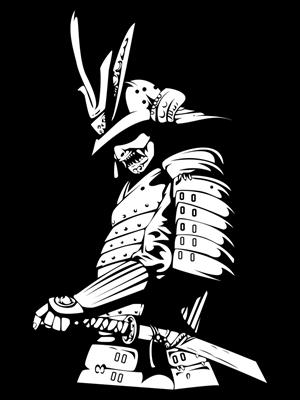
PUMPA - SMART LEARNING
எங்கள் ஆசிரியர்களுடன் 1-ஆன்-1 ஆலோசனை நேரத்தைப் பெறுங்கள். டாப்பர் ஆவதற்கு நாங்கள் பயிற்சி அளிப்போம்
Book Free DemoIntroduction:
The world was witnessing huge wars, conquests and expansion on one end and the other end; Japan was mostly out of the purview of this turmoil. Most of the colonised ancestors of Japan came from Korea, according to a historical source.
Yamato: This was the old government of Japan that gave the name to the country. Japan was earlier known as the Yamato.
Japan was mostly out of the expansionist attitude and wars. It enjoyed the majority of freedom under liberal rulers. The areas of Japan are mostly occupied by their native people, and intermingling of cultures was absent in Medieval Japan.
Ainu: They are indigenous people and the earliest settlers of northern Japan who settled on an island named “Hokkaido”.

Statue of Ainu
Infighting among Kingdoms:
Japan also faced the scenario that was troubling the empires across the world. Small rulers across the kingdom began to fight with each other.
Japan was under the control of autocratic ruler Mikado, which was later changed during the \(7^{th}\) century when the Soga family took control of the country.
Soga family: The Soga family was the first great family of Japan headed by Shotoku Taishi. This family is also known for introducing Buddhism in Japan.
Shinto religion of Japan:
The word “Shinto” means “the way of gods”. This was the oldest religion in Japan. The religion of Shinto followed ideals of harmony, purity, respecting the family and Subordination, which was transferred from one family to the other.
This religion doesn’t have a noted founder, and the religion held animalistic beliefs and worshipped the soul of ancestors.
The Fujiwara clan:
Nakatomi no Kamatari established one of the most powerful clans in Japan named the “Fujiwara clan” after wiping out the last ruler of the Soga family.
Kamatari established the Fujiwara clan in \((\text{794 BC})\) in the Heian period with Nara as its capital, later changed to Kyoto.
Fujiwara’s maintained a highly centralised government with males occupying respectable positions. Later the Fujiwara rulers retired and entered the state of monks, lived and continued behind the closed doors.
The Reign of Daimyos:
Post the decline of Fujiwara dominance; another power centre began to emerge from the fringes of Japan under the “Daimyos”. These Daimyos began to control the small states of the country.

Daimyo
The dominance of Daimyos helped them to collect taxes from the fringe areas. They also took over the control of lands and maintained a military to defend them.
Wars and the Rise of Shogunate:
Defeating the families of Tara and Minamoto in the “Battle of Dannoura” in \((\text{1185 BC}), \) Yoritomo reigned supreme, which made the emperor bestow him the title “Sei-i-Tai-Shogun” which means the “Killer of the Barbarians”.
Kamakura: This is a coastal town of Tokyo and the base of the Minamoto clan was the first military capital of Yoritomo which became the first Shogunate of Japan, the “Kamakura Shogunate”.
Government under the Shogunate:

A Japanese Samurai Warrior
Yoritomo became the military dictator of Japan who was ably supported by a group of military warriors named the “Samurais”. These Samurais are landlords who are specialised in wars.
Seppukku: It was a suicide ritual committed by the Samurai warriors when they failed to defend the territories of the Shogun.
The Mongols who were sending jitters throughout the world invaded Japan under the leadership of Kublai Khan, who was convincingly defeated by the forces of Samurais and put an end to the external threats.
The Ashikaga Shogunate \((\text{1338 BC})\):
Takauji, the neighbouring Japanese kingdom ruler, wanted to be the next Shogun, so he went on to defeat Yoshisada of Kamakura Shogunate in a battle and instated Komyo as a puppet ruler of his area. Thus the Ashikaga Shogunate came into power in \((\text{1338 BC})\).
Infighting, rebellion, civil wars and the struggle for power led to the downfall of the Shogunate.